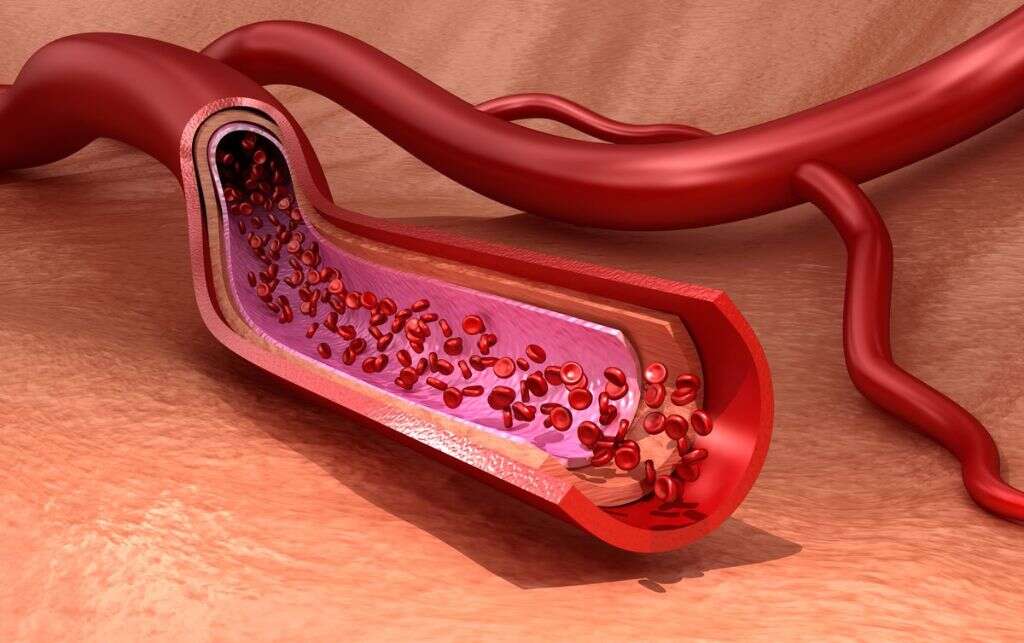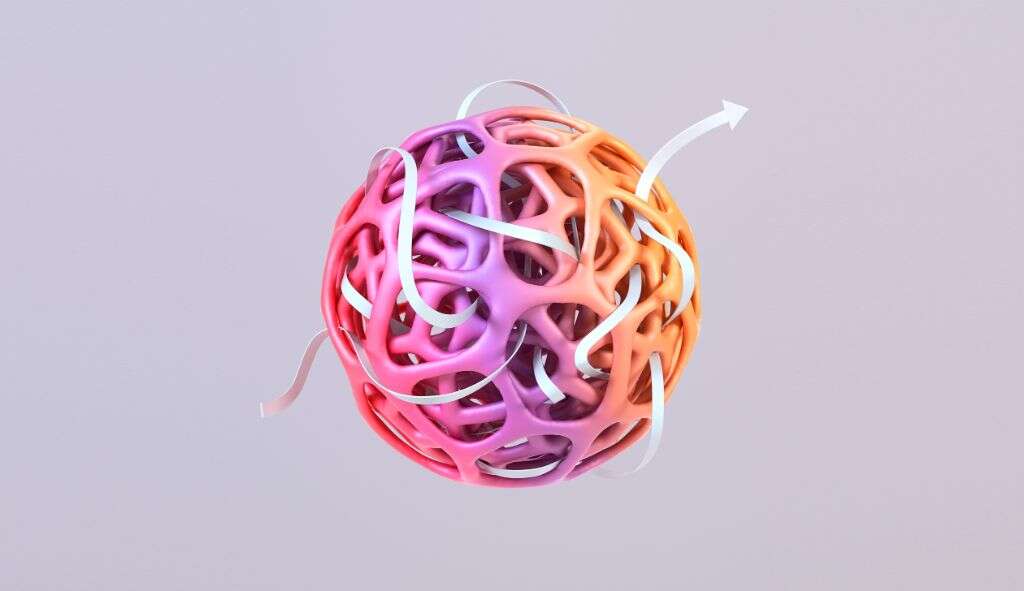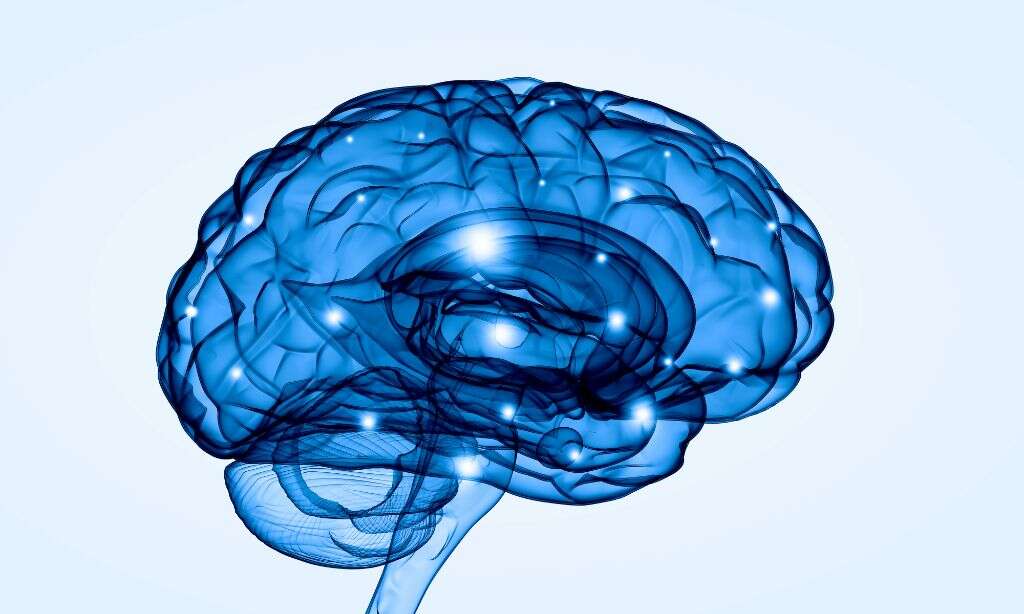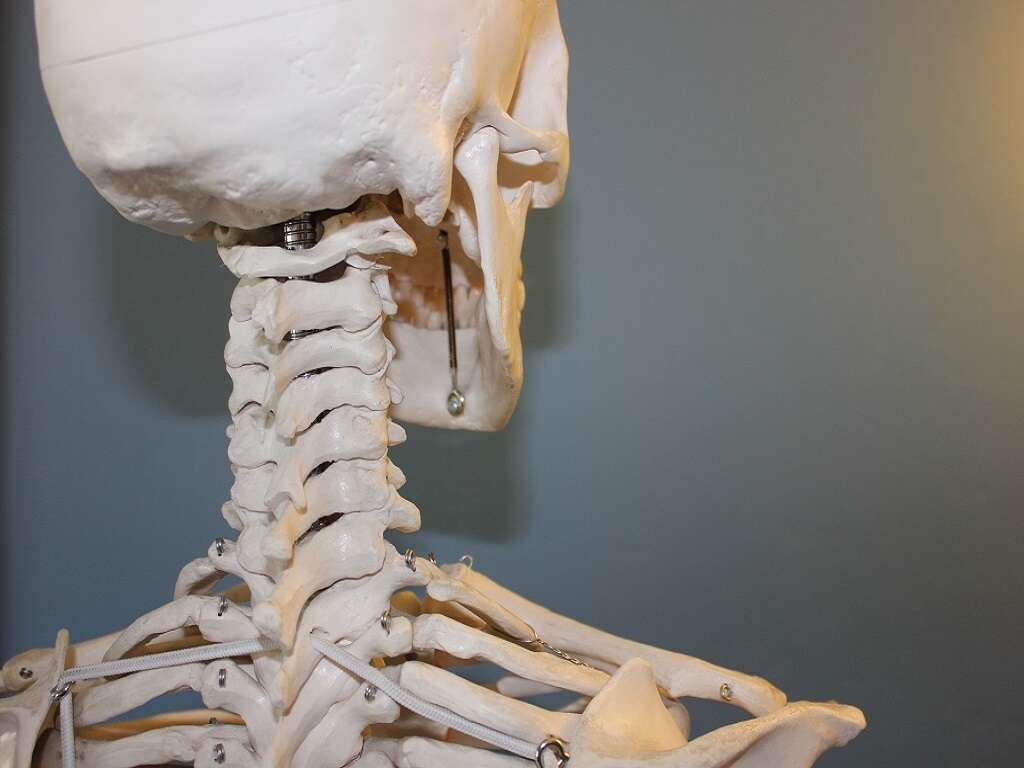What Is the Blood-Brain Barrier
Our blood carries essential supplies around the body to where they are needed. While it is full of things that the body needs, however, some molecules are not so beneficial for certain parts of the body. One of the best examples of this is the brain, which can actually be damaged by molecules that are beneficial elsewhere.
To help make sure only the right molecules pass through to the brain, we have evolved the blood-brain barrier. This is a physical barrier that helps to stop the wrong molecules getting through, while allowing access to the molecules that the brain does need.
1. A Protective Barrier
The blood-brain barrier forms a protective layer between the brain and the blood flowing through adjacent blood vessels. This is important because if the wrong elements were able to pass through to the brain directly then it would affect the brains ability to function properly.
The barrier helps to protect the brain from unwanted elements, while also allowing those that are needed to pass through. The barrier is made from a wall of cells, and the brain is the only organ in the body to have a barrier like this. The blood-brain barrier is also found in many other species.
2. Endothelial Cells
The protective barrier is made mostly from endolithic cells, a type of cell that is commonly found lining the walls of blood vessels. In the blood-brain barrier, these cells are tightly packed together to form the barrier. This wall is only one layer thick, and the right elements will be able to pass directly through the cells.
The endothelial cells are supported with help from astrocytic end feet. These are structures that are extensions of astrocytic cells and almost act as buttresses in supporting the endothelial cells. Together, and along with some other cells, these form a barrier that helps keep the brain safe.

3. Paul Ehrlich
Dyes are often used in medical scenarios to help researchers and medical professionals to see what is happening in the body. It was through using dyes that we were able to discover the blood-brain barrier, and the discovery was made almost by accident.
It was in 1885 that Paul Ehrlich, a German scientist, was experimenting with mice. He injected a blue dye into mice and noticed that the dye made their organs turn blue, except for their brains. In a later experience, blue due was injected into the brains of mice and this time, only the brain turned blue. This hinted strongly that the blood-brain barrier existed, but there was no way to confirm it at the time.
4. Confirmation
As is often the case with science, it was strongly believed that the blood-brain barrier existed but, due to not having the right technology, its existence could not be confirmed. As our technology advanced, however, we were eventually able to get a look directly at the barrier.
This didn’t happen until the 1960s, around 80 years after Ehrlich’s first experiment hinted at the existence of the barrier. They could now actually see the barrier and the intricate network of blood vessels, thanks to a microscope that was approximately 5,000 times more powerful than those available in 1885.

5. Drugs
The blood-brain barrier is obviously very important for our well-being, but it is not without its downsides. This being that while it helps to prevent unwanted elements from getting into the brain, it can also stop much needed elements from getting in where they will be helpful.
Such elements generally include drugs that could help people with damage to or disease of the brain. Those that are allowed to pass naturally are recognized by the barrier, but man-made drugs are not. Research is underway to help create drugs that will be allowed to pass through the barrier, thus allowing them to treat patients with brain complications.
6. Getting In
Researchers have found that small compounds are usually able to pass through the blood-brain barrier with little problem, while the same goes for those that are fat soluble. If the molecules are larger in size, they will have to be transported through the barrier by transporter proteins.
The cells of the barrier are in constant communication with each other in order to ensure that only the right molecules are able to pass through. For example, if a signal is sent that a part of the brain needs more energy, then the appropriate energy making cells will be allowed through the barrier.

7. Gaps
While the barrier is very effective at keeping out the wrong elements, it does not protect the brain in its entirety. There are some areas where there are modifications in the blood brain barrier which allows increased ease of passage of molecules to certain areas of the brain.
It is thought that the barrier is missing in certain areas for some very good reasons. For example, the posterior pituitary gland is responsible for releasing certain hormones into the bloodstream. As such, this gland needs free access to the bloodstream so the hormones can be circulated easily. Another example is the subfornical organ, which needs free access to the bloodstream so it is able to monitor hormone levels in the blood.
8. Can Be Damaged
While the blood-brain barrier is effective at its job, that does not mean to say it is completely invincible. The barrier is actually quite delicate and, if we are not careful, it can pick up damage. For example, too much stress can cause a rise in blood pressure and the volume of certain hormones, and this could directly damage the blood-brain barrier.
Other potentially damaging factors include diseases causing certain chemicals to be released into the bloodstream. Certain medication may also cause some harm, while smoking and air pollution can also take their toll. It is also thought that there may be a link between the health of the blood-brain barrier and the health of the gut.

9. Myelin
As mentioned, the blood-brain barrier can become damaged, and this can cause real problems for the patient. When this happens, molecules that are usually prevented from gaining access to the brain will be able to make it though.
This can directly affect the health of the brain in a number of ways. For example, myelin is a substance that surrounds nerve cells and functions to aid in the transmission of the electric signals/communication. A leaking blood-brain barrier will allow white blood cells into the brain, and these will begin attacking the myelin. This can, in turn, lead to damage to the nerve cells, and this can result in some very unwelcome symptoms for the patient.
10. Multiple Sclerosis
Multiple sclerosis is a debilitating disease that can have a severe impact on the patient and of those close to them. It causes severe symptoms including, but not limited to, loss of mobility, loss of cognitive ability, difficulty speaking, and depression. It is thought that damage to the blood-brain barrier could be at least partly responsible for the condition.
Some medication still in development focuses on preventing the immune systems white blood cells from getting through a damaged blood-brain barrier. If researchers are successful in their efforts then it could hopefully prevent many people from developing multiple sclerosis and similar conditions.











